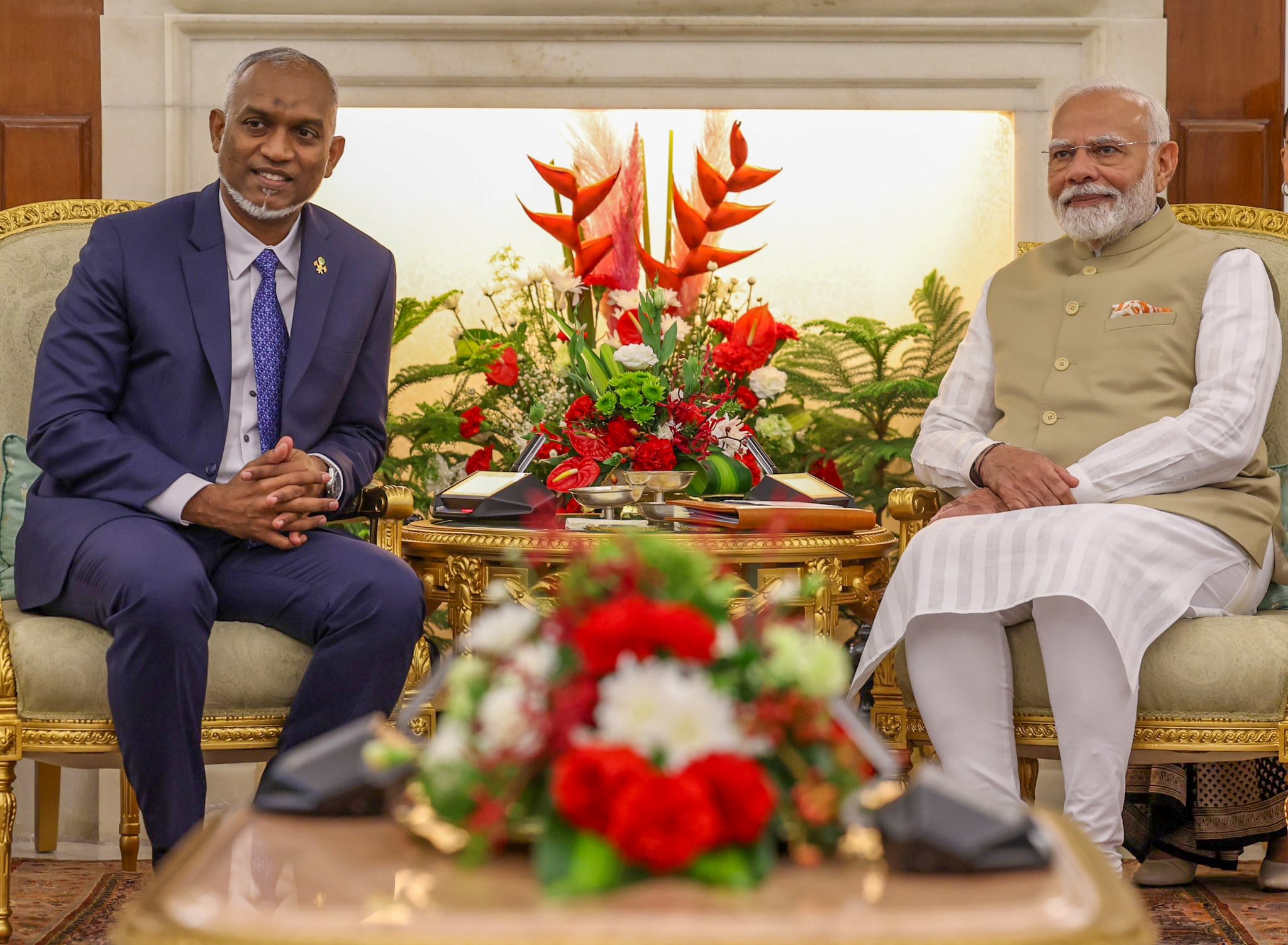The Ministry of External Affairs (MEA) has allocated Rs 5,483 crore for aid to foreign nations, slightly lower than last year’s revised Rs 5,806 crore. The overall budget for the MEA stands at Rs 20,516 crore, with aid to neighbouring and strategic countries remaining a crucial component.
Bhutan Retains Top Spot
Bhutan continues to be India’s largest foreign aid recipient, receiving Rs 2,150 crore in 2025-26. However, this is a decline from last year’s revised allocation of Rs 2,543 crore. Despite the decrease, India remains Bhutan’s primary development partner, with funding directed towards infrastructure, hydropower projects, and economic cooperation.
Maldives Boost Amid Diplomatic Reset
India’s allocation for the Maldives has increased from Rs 470 crore to Rs 600 crore. This comes at a time when Male is attempting to mend ties with New Delhi following tensions over President Mohamed Muizzu’s pro-China stance after his electoral win.
In early 2024, India withdrew its military personnel from the Maldives. Now, with Maldivian Defence Minister Ghassan Maumoon visiting India earlier this month, efforts are underway to restore cooperation.
Afghanistan’s Aid Doubles
Afghanistan has seen its aid allocation increase from Rs 50 crore last year to Rs 100 crore in 2025-26. This is still a sharp decline from the Rs 207 crore granted two years ago. India has been cautious in its dealings with the Taliban government, limiting its engagement to humanitarian aid and economic cooperation.
Earlier this year, senior diplomat Vikram Misri met with Taliban officials in Dubai, marking the highest-level contact since Kabul’s takeover. Discussions centred around trade and India’s interest in Iran’s Chabahar Port, which serves as a crucial alternative trade route bypassing Pakistan.
Despite these engagements, India has yet to officially recognise the Taliban government.
Myanmar Sees Reduced Aid
Myanmar’s allocation has been cut from Rs 400 crore in the revised 2024-25 budget to Rs 350 crore for 2025-26 amid ongoing turmoil in the country, where ethnic armed groups have taken control of vast territories, including areas bordering India’s northeastern states.
The Centre recently tightened the rules for the movement of people across the India-Myanmar border. The new rules restrict movement from 16 km under the free movement regime (FMR) to 10 km, on either side.
Other Key Allocations
India has maintained its allocation for Nepal at Rs 700 crore. The allocation for Sri Lanka remains at Rs 300 crore as the crisis-hit southern neighbour recovers from an economic meltdown.
Aid to Dhaka remains unchanged at Rs 120 crore amid a diplomatic rift between the two countries following former Bangladesh Prime Minister Sheikh Hasina’s ouster last year. Ms Hasina has been granted asylum in India, with the Muhammad Yunus-led government demanding her return.
Aid to African nations rose to Rs 225 crore from Rs 200 crore last year. The African Union joined the G20 in 2023 when India hosted the summit. Latin America’s allocation has been reduced from Rs 90 crore to Rs 60 crore.
The allocation for Chabahar Port in Iran remains at Rs 100 crore. The port project serves as a vital trade route to Afghanistan and Central Asia.
Disaster Relief allocation saw an increase of Rs 4 crore from Rs 60 Crore last year to Rs 64 crore this year. India has consistently been one of the first to respond to global disaster relief initiatives. India was among the early responders when Turkey witnessed devastating earthquakes in 2023. India also sent relief to flood-hit countries like Laos and Vietnam in 2024.
Beyond direct financial aid, India is also expanding its soft power outreach. Indian Council for Cultural Relations (ICCR) has received Rs 351 crore, up from Rs 331 crore last year. Support for International Training Programs stands at Rs 1,247 crore.
